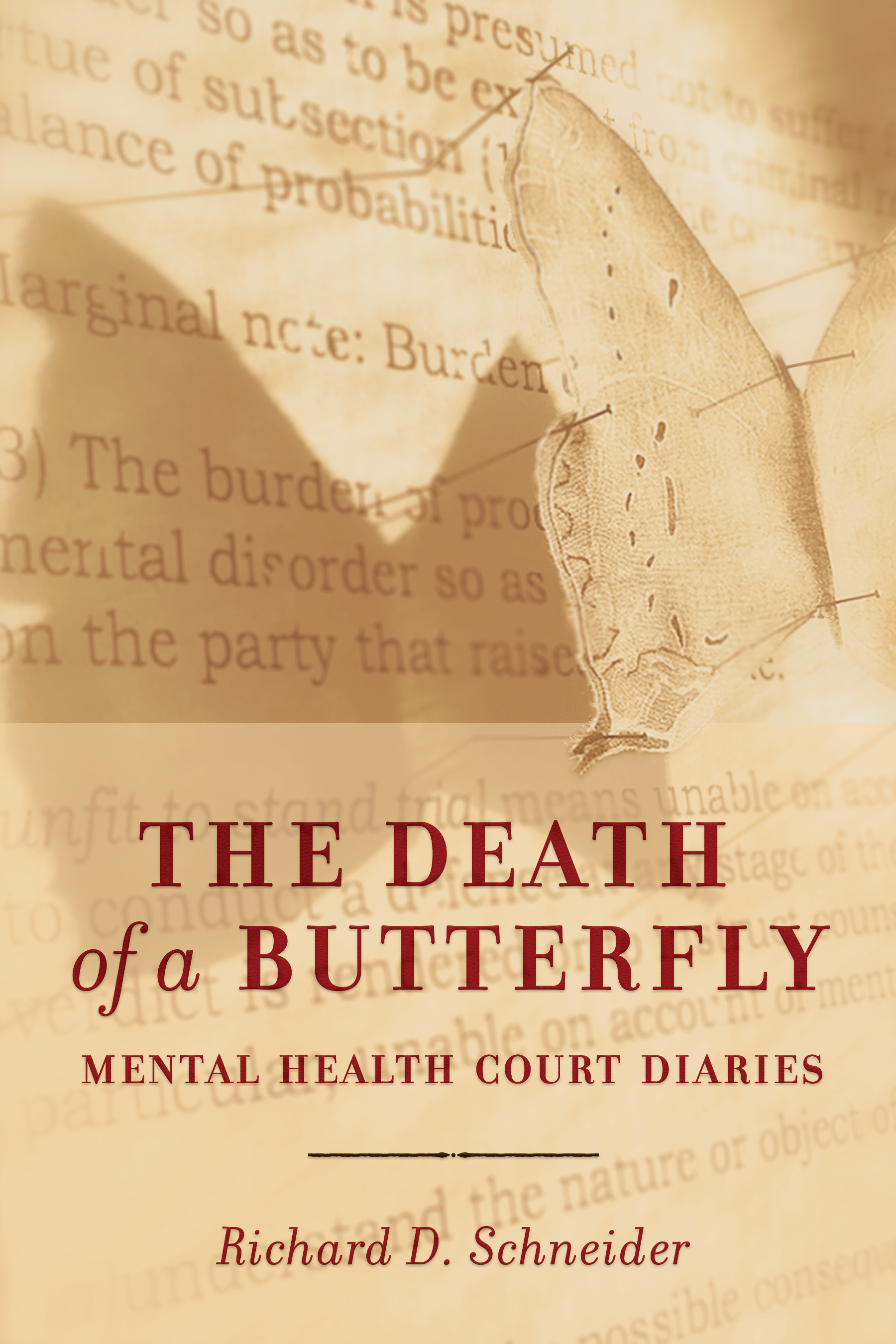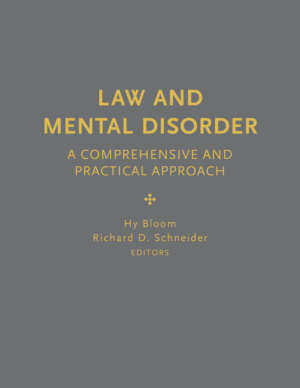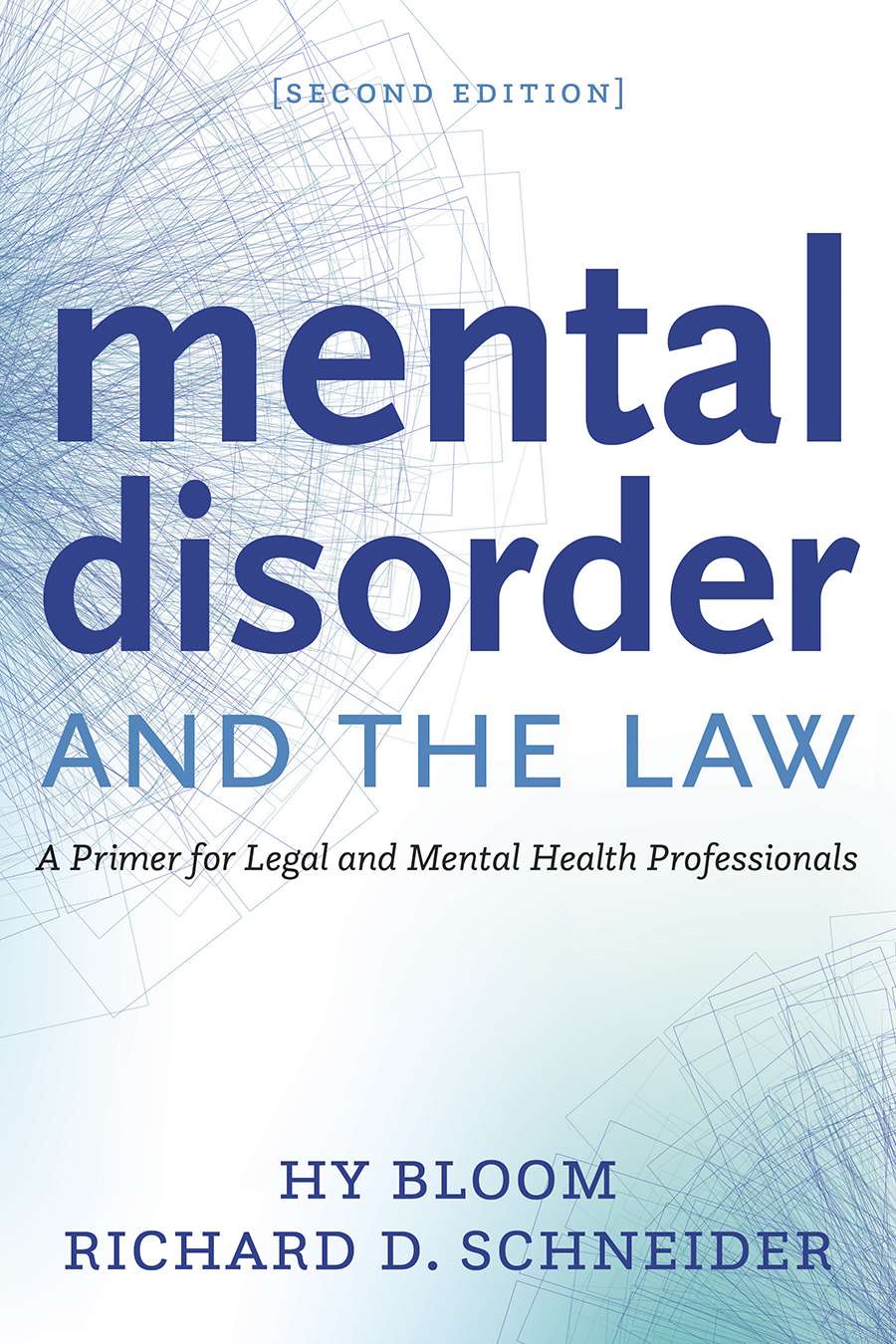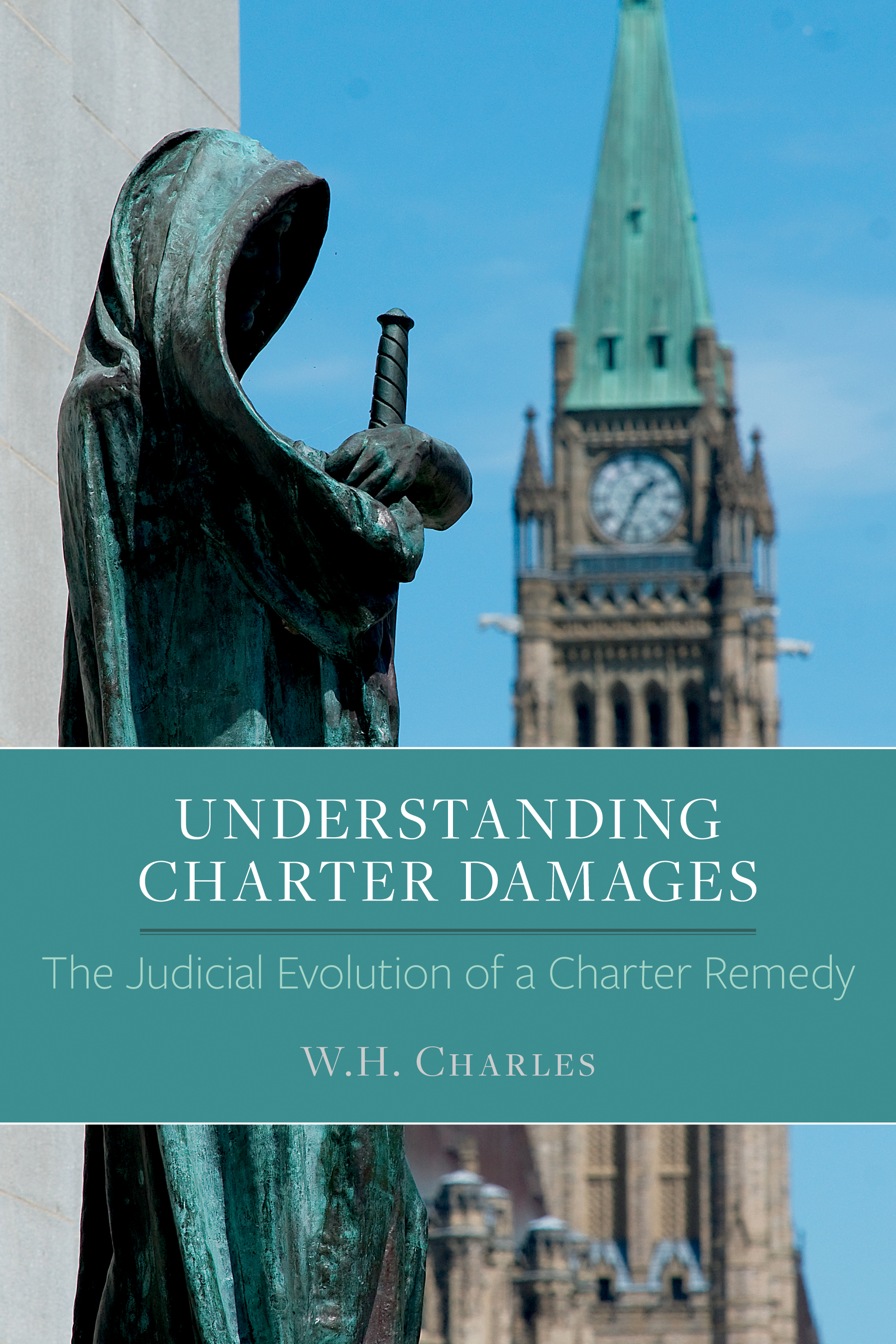Product Description
Damages for Psychiatric Injuries offers a critique of liability for psychiatric injury in Australia and England. Author Des Butler examines current day understandings of psychiatric medicine, evaluates the legitimacy of past and current approaches to limiting liability, and examines the policy considerations which promote such limits. Butler also analyses the recommendations of the 2002 Ipp Panel’s Review of Negligence in Australia and resulting legislation.
Succinct and readable, the book sets out a preferred approach to dealing with claims for psychiatric injuries, which recognises the scientific advances of recent times and reflects good legal reasoning.
Thus Far and How Much Farther?
A Medical Perspective
Introduction
Responses to trauma
Relevant factors in the aetiology of trauma
Step by Cautious Step
Introduction
Early treatment of nervous shock as physical injury
The genesis of limitations
Foreseeability: from flexibility to subterranean mutilation
The Dillon v Legg legacy
Australian manoeuvres: Jaensch to Gifford and beyond
The English disaster: Alcock and beyond
Competing Policy Considerations
Introduction
Relevant policy considerations
Balancing competing considerations
Bright Lines and Boundary Stones
Introduction
Concepts of damage
Relevant stressors: the class of plaintiff
Means of perceiving the stressor
Physical proximity
Causal proximity
Pre-existing relationships: circumstantial proximity
Self-inflicted death, injury or peril
Stopping the Thing Where Good Sense Stops It
Introduction
Inclusion and exclusion
Ipp Report and Australian tort reform legislation
The relevant damage
Conclusion
Table of Cases/ Table of Statutes/ Index










